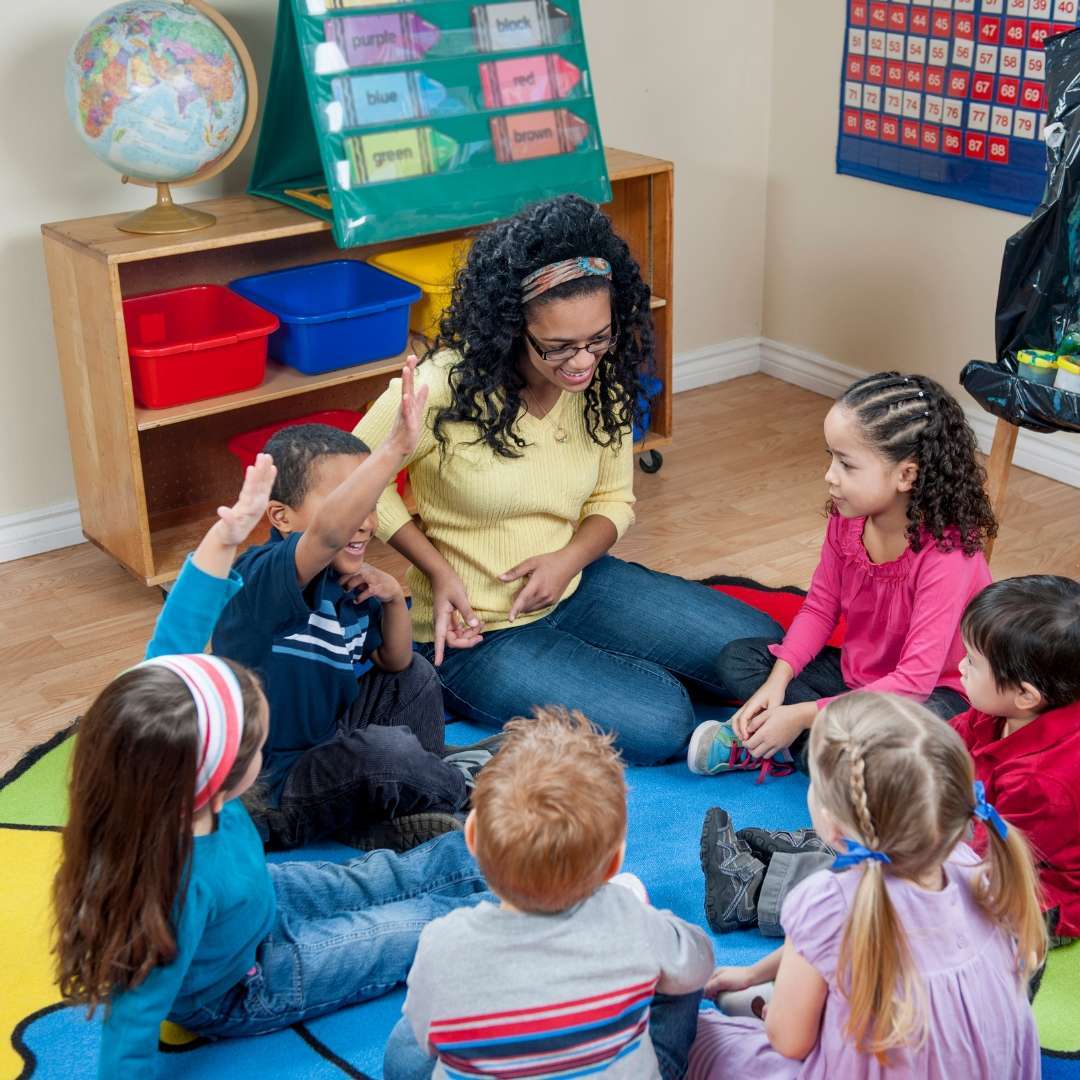
The term "choices and consequences" sounds harsh, doesn't it? It's missing that warm social-emotional feel other topics like empathy and calming strategies have. You know that helping students learn to reflect on the decisions they make and the results are some of the most essential SEL work you can do. So let's dive into five engaging activities that will get students thinking, talking, and internalizing reflection about their choices and their consequences.
When you start digging into the research about what makes a counseling intervention successful, psychoeducation is almost always part of it. If you aren't familiar, psychoeducation provides information about a patient's diagnosis or difficulty. It helps them understand their situation better and take ownership.
This is also a practical approach for many social emotional skills where we want students to engage in metacognition (i.e., thinking about their thinking). It gives them the why behind what you are asking them to do, shows them the positives to the process, and encourages them to participate actively.
When introducing choices and consequences activities, you want to talk with students about how to consider their choices and the impact. They can use a simple process, like stop-think-choose and mapping out the consequences of different decisions.
Try this simple SEL lesson that breaks down choices and consequences into five worksheets with questions and prompts.

Have students create two versions of a simple story where a choice changes the outcome. You can do this in a comic format. You can also take this further and have students try to repair a poor choice after the negative effect.
Challenge your students to hone their decision-making skills and think critically about the potential consequences of each option they choose by playing a game with them. Write down some common social scenarios where there is a decision to make. Encourage them to explore how certain choices may play out in real life. Pair these with traditional games or have students work in small groups.
Use the same scenarios as in Activity 2 and do a role-play session. Students act out different scenarios with different choices. Pause and have them discuss what makes something a good or bad choice.
You can have one person take on the role of the decision maker. Then have other students take on the role of someone that would be impacted by the decision. The person them has to defend them choice and show an understanding of the consequences.

Split the class into teams and have each group take on a different point of view in a decision. This encourages creative thinking and healthy debate as they consider various sides to an issue or problem. In addition, this is the perfect opportunity to discuss how decisions aren't always good or bad. Sometimes there are positives and negatives to each decision, and you must make a choice that works for you.
Have students interview people in their lives. Their objective will be to get insight into how particular decisions have shaped their lives. They can also talk about how they make good choices and think through consequences.
This is a helpful point to talk about how some people have different risk tolerances than others and what you value will influence your decisions.

Making good choices and understanding consequences are important life lessons that all students need to learn. By engaging in choices and consequences activities such as storytelling, role-playing, decision-making games, group debates, and interviews, we can help our students think through their decisions and their outcomes.
With an understanding of choices and consequences comes greater responsibility for one’s actions, which is essential for successful learning experiences both inside and outside the classroom. I hope this article gives some valuable tips and ideas for how to get started with this topic.